Yonezawa is the southernmost city of Yamagata Prefecture of the Tohoku region of Japan. With hot summers and almost glacial winters Yonezawa residents experience the beauty of Japan’ s seasons and nature all year round.
Historically, Yonezawa was a prospering castle town overseen by the Uesugi clan for 272 years.
Relics of this rich history still remain today and bring tourists from all over the world. Yonezawa is also famous for its many leisure spots such as the famous Onsen hot springs and ski resorts dotted around the city.
Yonezawa’ s cuisine such as its famous beef, Ramen and Soba Noodles are well known throughout Japan and fruits such as apples and grapes are also renowned.
Yonezawa was ruled by the Date Clan (212 years) and the Uesugi Clan (272 years). The present layout of the city is due to the fact that it was designed to be a castle town by Naoe Kanetsugu, a senior retainer of the Uesugi Clan. Even today, Yonezawa attracts visitors who want to witness the castle town of the Uesugi and the feel the spirit of the historical samurai.
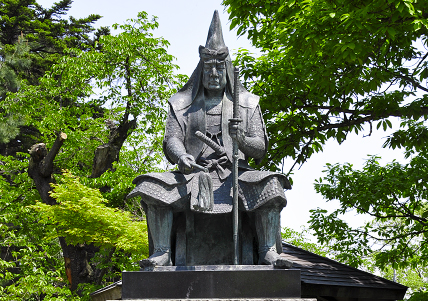
Kenshin was the forbearer of the Uesugi Clan. He is regarded as one of the greatest generals of the warring states period. The battle of Kawanakajima where he fought his rival Takeda Shingen was a particular example of his skill in battle.
He was said to be an honest and principled man who upheld the samurai ideal of being skilled in both the literary and martial arts.
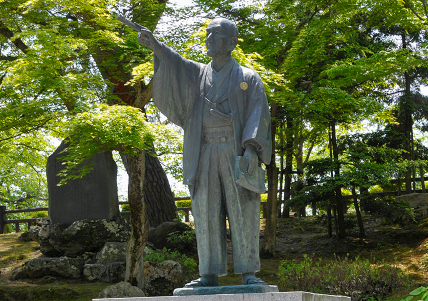
Yōzan was the 9th lord of the Yonezawa Domain. After becoming ruler of the Yonezawa Domain at age 17, and was successful in restoring the economy of the city after a period of extended poverty. He retired at age 35, and died at age 72.
The various principles that Yōzan established based on frugality and simplicity continue to shape modern Yonezawa to this day.
Former US President J.F Kennedy once said that “Yōzan was a brilliant politician.”
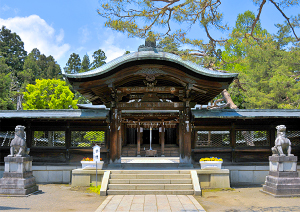
The shrine was built to honor Uesugi Kenshin, said to be one of the greatest and bravest warriors in the age of warring states.
Citizens of Yonezawa visit the shrine all year round, to pray for New Year’s blessings, to bless newborn children, to pray for health, and for many other reasons.
The current building was designed in 1913 by Chūta Itō, who is one of Japan’s most famous figures in the field of shrine architecture.
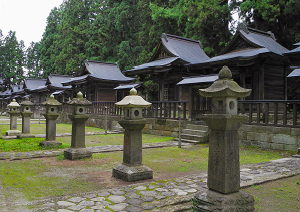
Surrounded by over 400 year old cedar trees this Mausoleum greets visitors with a solemn atmosphere and the graves of the lords of the Yonezawa Domain. This is a government designated historical site.
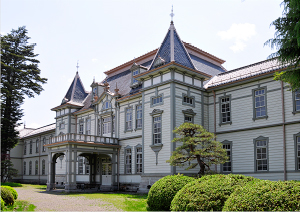
Yonezawa Technical High School (now Yamagata University Engineering Department) was opened in the October of 1910, the 7th Technical High School to be opened in the whole of Japan and the first in Yamagata prefecture.
The main building was finished in July of 1910. Built in the style of a wooden Renaissance two-story building there are two mesmerizing intricately designed stairwells at both sides of the entrance.
The beautiful decoration of the ceiling of the area around the stairs and conference room is also a sight to behold.
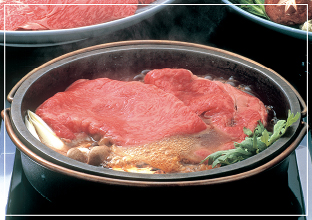
C. H. Dallas, an English teacher transferred to the Yonezawa Kōjōkan High School in the early Meiji era, is credited with spreading Yonezawa Beef across Japan. The top-grade marbled beef is raised in extreme temperatures, limpid air and with fresh water.
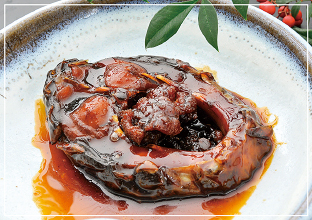
Carp is said to have been originally cultivated by Uesugi Yozan in an attempt to create an easy and cheap source of protein during a period of poverty.
Yonezawa’s cold winters cultivate high quality and firm carp meat without any residual fishy odor. These carp are appreciated by many people in and out of Yamagata.
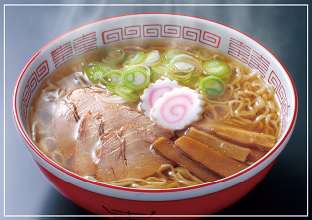
Said to originate in the Taisho era from noodle stands created by Chinese merchants – there are now over 100 Yonezawa Ramen restaurants throughout the city. The broth is made in simplistic manner with chicken bones and dried sardines and the noodles are known for their curly style.
Many festivals are held in Yonezawa year-round, the biggest are the “Yonezawa Uesugi Festival” in spring and “Uesugi Snow Lantern Festival” in winter.

The highlights of this festival include the “samurai parade” and the “battle of Kawanakajima”, a huge recreation of the historical battle between two major generals of the warring states period – Uesugi Kenshin and Takeda Shingen. The battle takes place on the last day of the festival.
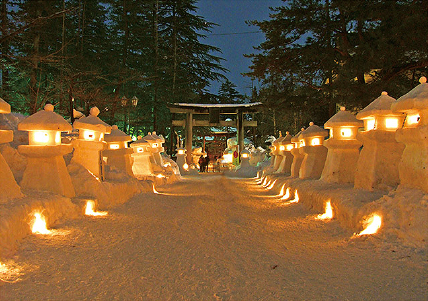
Over 300 snow lanterns are made every year. When candles are lit inside the lanterns the entirety of Uesugi-Jinja Shrine is turned into a dream-like landscape.
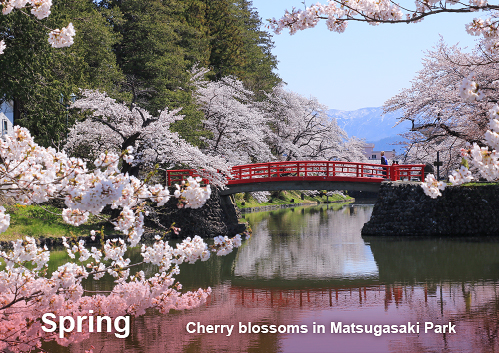
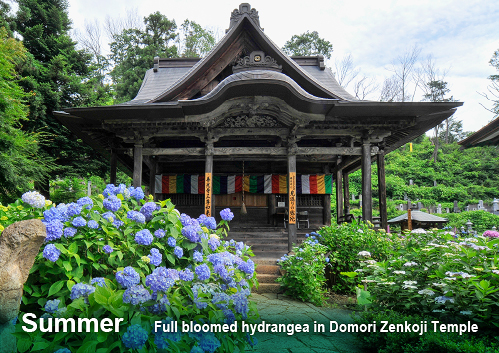
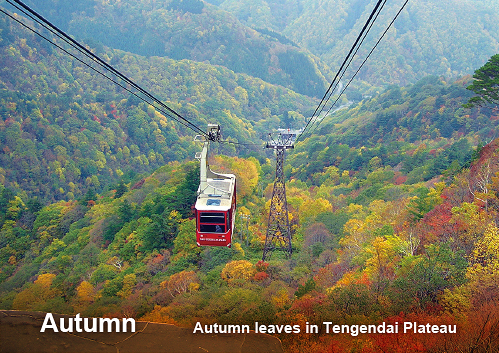
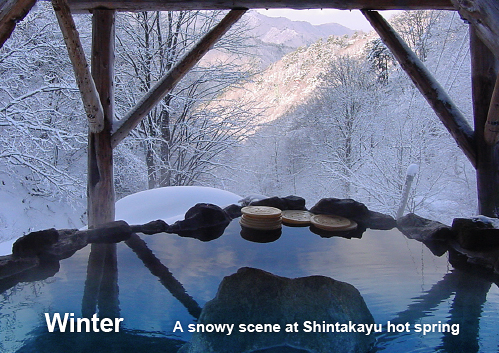
Weather Statistics, Averages between 1981 and 2010
| Jan. | Feb. | Mar. | Apr. | May | Jun. | Jul. | Aug. | Sep. | Oct. | Nov. | Dec. | |
|---|---|---|---|---|---|---|---|---|---|---|---|---|
| Average temp. (℃) | 2.4 | 3.1 | 7.1 | 15.3 | 21.5 | 25 | 28.1 | 30 | 24.9 | 18.7 | 11.9 | 5.7 |
| High temp. (℃) | -0.9 | -0.6 | 2.5 | 9.3 | 15.2 | 19.5 | 23 | 24.5 | 19.8 | 13.1 | 6.8 | 1.9 |
| Low temp. (℃) | -4.3 | -4.3 | -1.7 | 3.7 | 9.5 | 14.8 | 19 | 20.1 | 15.6 | 8.6 | 2.6 | -1.4 |
| Precipitation (mm) | 137.8 | 99.5 | 76.7 | 67.8 | 77.5 | 111.8 | 158.2 | 148.8 | 133.7 | 106.1 | 111.6 | 129.2 |
| Heaviest Snowfall (㎝) | 76 | 50 | 32 | 16 | - | - | - | - | - | - | 29 | 50 |
2016
| Jan. | Feb. | Mar. | Apr. | May | Jun. | Jul. | Aug. | Sep. | Oct. | Nov. | Dec. | |
|---|---|---|---|---|---|---|---|---|---|---|---|---|
| Average temp. (℃) | 0.2 | -0.1 | 4.4 | 10.6 | 16.7 | 20 | 22.8 | 24.4 | 20.9 | 13 | 5.9 | 2.2 |
| High temp. (℃) | 12.9 | 11.3 | 20.1 | 25.7 | 29.6 | 30.4 | 32.9 | 34 | 32.4 | 26.5 | 18.8 | 14 |
| Low temp. (℃) | -8.4 | -13.1 | -4.7 | -4.1 | 4.5 | 7.1 | 13.4 | 15.6 | 9.1 | 0.2 | -3.9 | -10 |
| Precipitation (mm) | 132.5 | 85 | 28.5 | 99 | 66 | 76 | 86 | 259.5 | 156.5 | 30.5 | 74.5 | 157.5 |
| Heaviest Snowfall (㎝) | 22 | 24 | 21 | 5 | - | - | - | - | - | - | 0 | 25 |